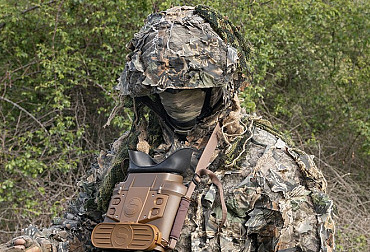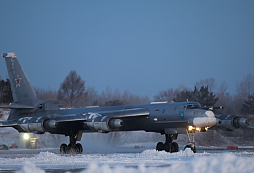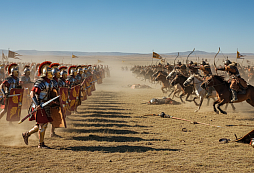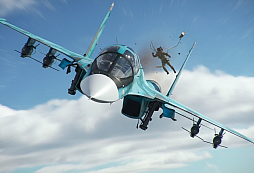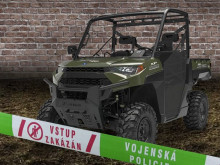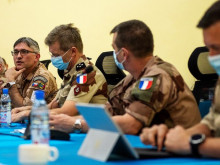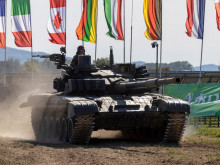Pavel Konvalinka: the basic training course will introduce soldiers to a life where serving the country is not an empty phrase, but a lifestyle
Every soldier, regardless of the unit and the future specialisation he will perform, must go through the Basic Training Course (BTC). The aim of the BTC is to train motivated and physically fit soldiers who have the necessary qualifications for service in the Armed Forces of the Czech Republic. By its nature and importance, basic training is very significant and unrepeatable in the career of every soldier. Continuous military training in basic training includes theoretical training in classrooms, practical training on training grounds, preparation of military material for training, movement to and from the training area, maintenance of military material after the training, preparation for the next day's employment, independent study, evaluation activities and other training measures. We asked Chief of the Basic Training Section of the VeV-VA, Chief Warrant Officer Pavel Konvalinka, for details about the BTC.
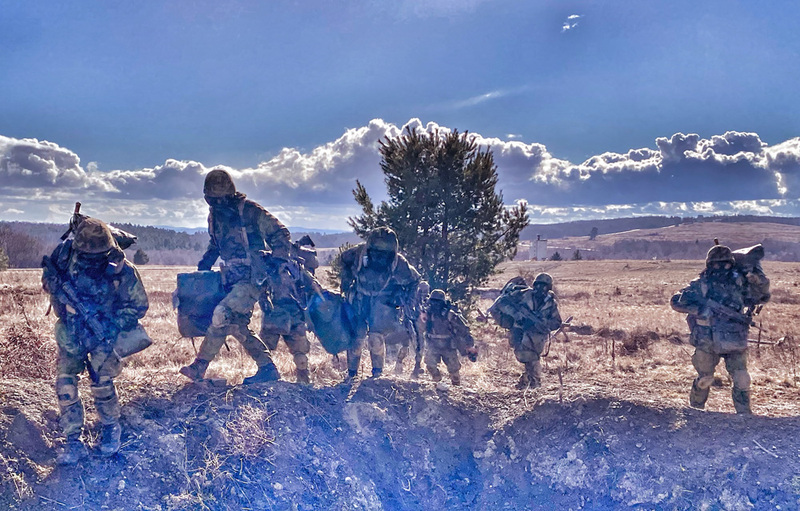 Picture: The Basic Training Course (BTC) must be completed by every soldier, regardless of the unit and the future specialty they will perform. | VeV-Va
Picture: The Basic Training Course (BTC) must be completed by every soldier, regardless of the unit and the future specialty they will perform. | VeV-Va
How has BTC changed from previous years? And what were the limitations with regard to covid?
Frankly speaking, we went back a few years with the concept of basic training. The output is now the most basic function in the entire armed forces, namely the rifleman of a mechanized or motorized squad. And it was the right decision. By modifying the Training Programs from the previous directives, we have eliminated topics that go beyond training the individual and we have modified topics that prepare the individual primarily to conduct fighter, or if you will, offensive and defensive activities.
By changing the mode from the original 4 : 3, where the participants were in Vyškov four days and at home three days for 12 weeks, to 24/7, we shortened the course calendar, but by the number of training days we may have even gained one extra day. We have standardized training documentation and institutionally and internally train instructors according to a single platform. This ensures a uniform output, or an equally trained soldiers at the end of the course.
Covid has affected us quite a bit, but more so the instructors. They have been deployed often for 3-6 weeks continuously, without the opportunity to leave the garrison and visit their families. If your daily routine starts at 4:30am and ends at least 11:00pm, it will rock your world, and you can be a tough guy. Not to mention the instructors' families. Moving around in respirators, constant retesting, quarantines and isolation are perhaps just a memory of the incredible struggle that both graduates and basic training instructors had to go through.
I want to believe that the covid is leaving us and we are returning to normal again. Here we have to thank all the instructors, graduates of the course, as well as external instructors who helped us during this difficult time and managed to keep the quality of the course within the required guidelines.
We sometimes hear opinions that the current training is considerably easier than in the past. Is this really the case?
These opinions are not based on truth. If I wanted to argue this point for a moment, I would mention again the 4 : 3 regime, where the trainees started the course on Monday and left the barracks at 14:30 on Thursday for a long weekend to recharge their batteries and take a break from military life, from each other.
The servicemen and women in the current course are suffering not only from the training, but also from learning to be separated from their loved ones. For 43 training days, they must build a team together and learn how to rely on each other and how to be an asset to the team. They learn to overcome discomfort and many obstacles.
I won't say that the current course is harder and that the previous ones sucked. The current course is simply based on the requirements of the Ministry of Defence and prepares servicemen and women across the whole spectrum of preparation so that graduates can take the knowledge and skills they have acquired to professional courses that prepare them for specific positions or possibly straight into a unit. In this way, they can integrate into units and start the next stage of their training.
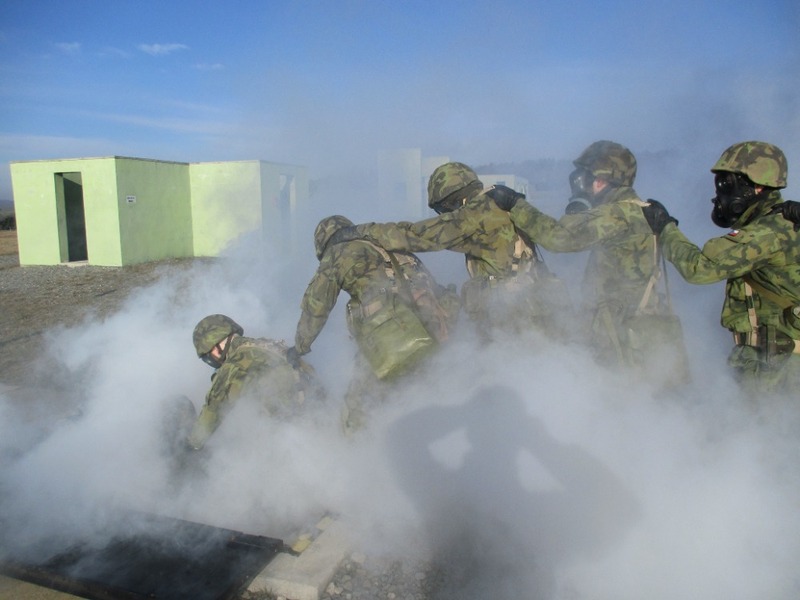
What does the training course currently look like, what is the length of the training?
The basic training course is currently contained in 240 training hours, leading individuals to achieve 22 target skills. For Soldiers in preparatory service, or professionals, the course length is framed at six weeks. For Active Reserve (AR) and Volunteer Military Training (VMT), the course is condensed into four weeks, which paradoxically makes the course for AR and VMT far more intensive than for professionals.
Each course has an opening session where we conduct initial medical examinations, outfitting, physical training examinations and initial employment in classrooms and of course on the platforms where we instill the basics of military bearing in the "recruits". In the second part, we already start the skills employment and we carry out the re-testing of the acquired knowledge. The third part is marked by sweat, dust, the smell of oil and gunpowder, when training in shooting, tactical preparation escalates to comprehensive training, where participants learn to survive in the field, improvised food preparation and overcome the night. The end of the day is marked by stripping down and preparing for the ceremonial act of the military oath.
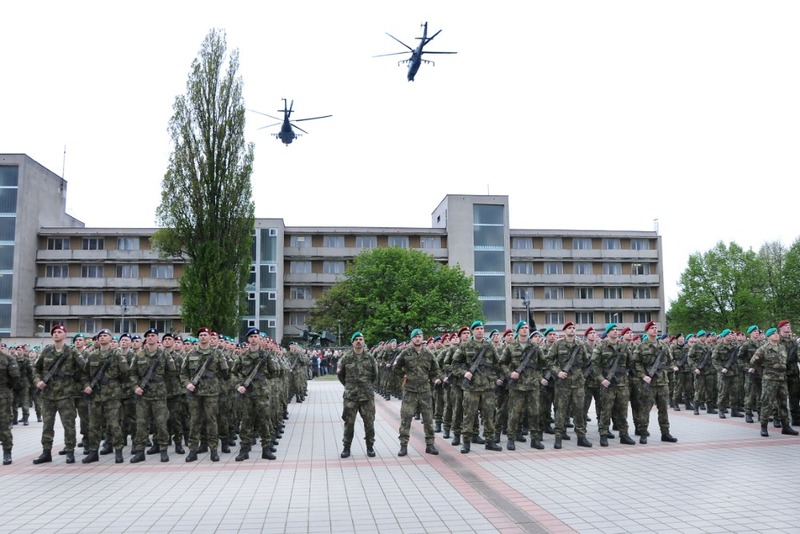
Is there any difference between the training of a career soldier and a reservist?
There is no difference. There's only one path and one course. As I mentioned before. However, for now, the course for AR and VMT is two weeks shorter on the calendar. But there is no difference in terms of training and requirements placed on the course participants.
Is there any way to tell what the success rate is in terms of completing the BTC?
For professionals we are at the 95% mark. For AR and VMT we are around 85%. However, the course is structured in such a way that only those who are injured or those who give up will not finish.
We guide the servicemen and women to complete the task. So if someone doesn't pass the test the first time, there's no shame. He/she is trained until he/she makes it and fulfills the required. By this measure, we have achieved a reduction in attrition of about 7%, which with, say, 500 course participants per quarter is not a small number.
Is the content of the BTC changing in any way in relation to the increasing specialisation of individual functions in the Czech Army?
The Basic Training Course prepares individuals in the basic skills for classic warfare. Joining a unit begins the training of an individual specialist, followed by a stage of training in squads, platoons, companies, etc. Next, the individual is educated in specialist and career courses. In short, we do not deal with specialisations in the BTC. The soldier is prepared for these in specific units, in specific positions, in accordance with the specific tasks of the particular unit in which the soldiers serve.
Is it possible to determine roughly in percentage terms how much practical and how much theoretical content is contained in the BTC?
We focus primarily on skills. However, we still spend about 10% of our classroom time on purely theoretical jobs.
Recently, the army has seen an increased interest in service. How many candidates eventually make it through to the BTC? How are your instructors handling the increased interest?
The instructors are tough guys and handle what is asked of them. The challenge is the Basic Training Section's unfilled rate, which is currently below 70%. Which is not easy for the remaining cadre. We are compensating for the understaffing by deploying external instructors from the ground and air forces, but this is not a long-term and systemic solution. It is our wish that basic training should become part of the career of the best squad leaders, who would return to the position of deputy squad leaders after completing, for example, two years of basic training.
What kind of physical condition are the participants of the BTC in?
From April 2020 to the end of 2021, due to epidemiological restrictions, no physical training was tested in either recruitment centres or basic training. During this time, individuals who struggled to meet the required annual and occupational testing criteria may have ended up heading to the services.
Currently, we are back to normal and Soldiers and Soldiers who have been vetted at recruiting centers are entering basic training.
However, failure to pass the physical training examination is no longer a criterion for removal from the course. In fact, it wasn't even before covid. Course participants are tested according to the current criteria for professionals, reduced by 20%. Our goal is to catalyze physical fitness in course participants so that they can continue and improve upon their efforts once they join the services.
If I now choose to serve in the Army, have no prior experience, pass a medical exam, etc., when do I first get into the BTC?
Courses always begin on the first day of the second month of the quarter. So you can choose whether you join in February, May, August or November. Start working on yourself, get clear on what you want out of life, set your mind that service comes first - then your own needs, and we will be happy to guide you into a life where serving your country is not an empty phrase, but a lifestyle.
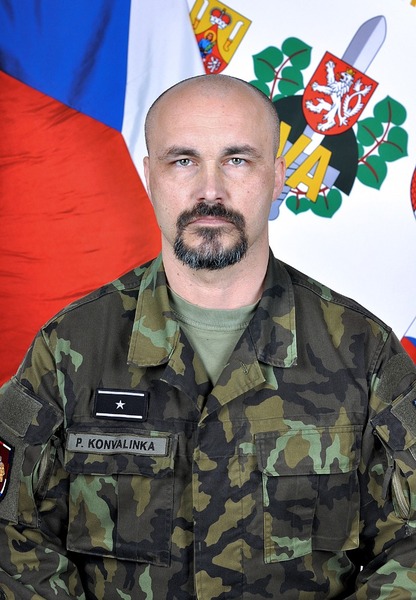
Picture: Chief of the Basic Training Department of the Military Armed Forces Chief Warrant Officer Pavel Konvalinka | Ministry of Defence of the Czech Republic
Chief Warrant Officer Pavel Konvalinka
The current commander of the Basic Training Section, Chief Warrant Officer Pavel Konvalinka, is a graduate of the Military High School in Opava and then Vyškov. He started his career in 1997. In the course of his career, he has served as Chief of the Chemical Service of the Castle Guard, Commander of the Radiation and Chemical Reconnaissance Squad (rchpz) of the 9th Immediate Reaction Force Company, Battalion and Brigade level training instructor with the 31st Radiation, Chemical and Biological Protection Brigade (brchbo), 51st Chemical and Biological Protection Brigade (brchbo), and the 51st Chemical and Biological Protection Brigade (brchbo). NSE (National Support Element) and the 7th Mechanized Brigade (mb), chief warrant officer of the 74th Light Motorized Battalion and the 7th Mechanized Brigade. During his career, he was deployed in foreign operations in Bosnia and Herzegovina, Kuwait, Iraq and Afghanistan. He has completed the Diver, ITC BMATT (Instructor Training Course), Drill Sergeant (USA), Preparing and Controlling Combat in Built-up Areas, TACOPS CIED (Turkey), CIED TTT Course (Croatia), IEDD MTC (Germany), and Sergeant Major Course (USA).
















